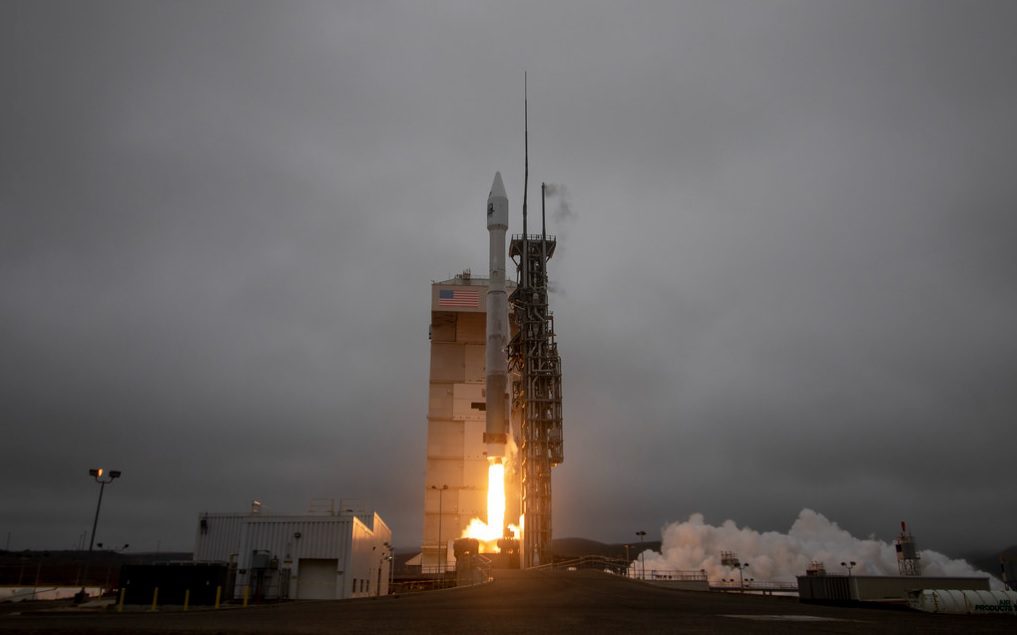A United Launch Alliance (ULA) Atlas V rocket has carried the NASA Landsat 9 (and four co-payloads) into low Earth orbit (LEO). The mission lifted-off from Vandenberg Space Force Base, California, USA, at 1812 GMT on 27 September. For this mission the Atlas V utilised a “401” configuration, meaning a 4 metre fairing and no strap-on boosters. Landsat 9 represents the continuation of a project which began with the launch of Landsat in 1972. The Landsat series provides continuous space-based global record of the Earth’s surface.
This most recent unit is described as a “near-twin” to the previously launched Landsat 8 spacecraft launched in 2013. Landsat 8 remains in operation and together with its newly launched twin the two satellites will be able to provide a revisit time of eight days over the Earth’s surface. Landsat 9 is designed for a minimum mission of five years however, like its predecessors it is fuelled for much longer and it is hoped this spacecraft will continue working for over 15 years.

The Atlas V rocket lifts-off carrying the Landsat 9 satellite and its co-payloads to orbit. Courtesy of United Launch Alliance (ULA).
Once the large primary payload had been deployed the Centuar upper-stage conducted two further in-orbit burns before deploying the four CubeSat co-payloads. Two of these were part of the NASA ELaNa rideshare programme: CUTE, which will measure near-ultraviolet light differences when a exoplanet passes in front of its star by the University of Colorado and, CUPID, which will measure the effects of solar wind plasma on the Earth’s atmosphere by Boston University. The other two hitchhikers are believed to be from Cesium Astro and are intended to test its ka-badn phased array antenna technology in-orbit however, there is speculation that there may also be a US military aspect to this mission.







